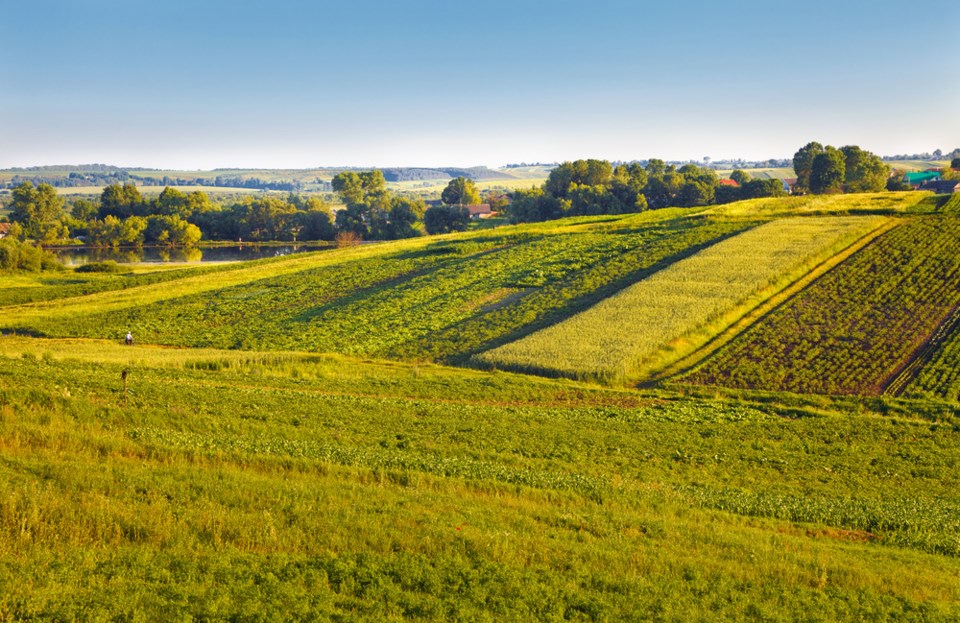Organic farming is a fraction of Saskatchewan agriculture output, but this province is a leader in this growing farm technique.
Most organic crop variety acres grew by double digits over five years, according to the annual survey by the Canadian Organic Trade Organization.
Saskatchewan’s 1.16 million organic acres use only 3.8 per cent of arable land and 1,105 organic farms in 2017 accounted for 2.9 per cent of all farms.
Five years ago, only 925 organic farms existed in this province.
Organic acres amount to 37 per cent of Canadian acreage. Organic acres have grown 30 per cent from 893,000 in 2012.
Cereals make up the largest acreages with 169,000 in wheat, a decline of three per cent.
Kamut, an ancient wheat crop, grew 53 per cent to 42,000 acres. Barley acres grew 23 per cent to 41,000. Oats increased five per cent to 107,000 acres.
A 20 per cent decline was registered in rye to just under 14,000 acres, while other cereals fell 21 per cent to 4,900 acres.
Lentil acres grew 41 per cent to 38,600 acres, while dried beans jumped 750 per cent to 1,700 acres.
Dried peas grew 21 per cent to 33,700 acres, while other pulses and protein crops fell 88 per cent to 1,500 acres.
Flax took a big jump, 38 per cent to 67,000 acres among oilseeds, with mustard up 53 per cent to 12,200 acres. Soybeans fell from 1,100 to 400 acres.
Hardly any organic canola is grown in Saskatchewan, due to growing distance restrictions from GMO canola fields.
Hemp grew to 5,500 acres from 2,300, while other field crops went from 2,100 to 5,700 acres.
Pasture forage and natural areas jumped 53 per cent to 607,500 acres.
Organic fruits and vegetables declined from 4,500 acres in 2012 to 1,900 in 2017.
Total crop value in Saskatchewan was $186 million — about two per cent of Saskatchewan crop receipts.
The Prairies organic food and beverage market is worth $862 million. Alberta crops with fewer farms and acres has $676 million, due to more processing and consumer level sales.
Seventy-four per cent of Alberta grocery shoppers choose organics weekly, while 62 per cent of Saskatchewan and Manitoba shoppers do the same.
Ron Walter can be reached at [email protected]




